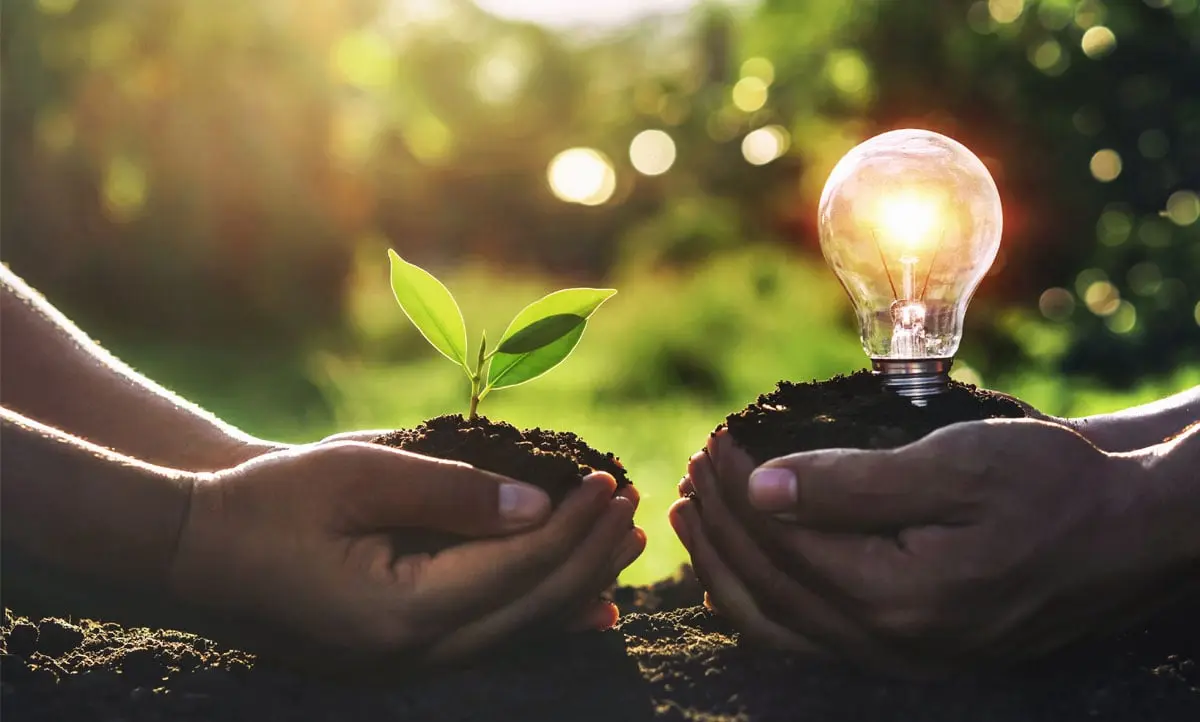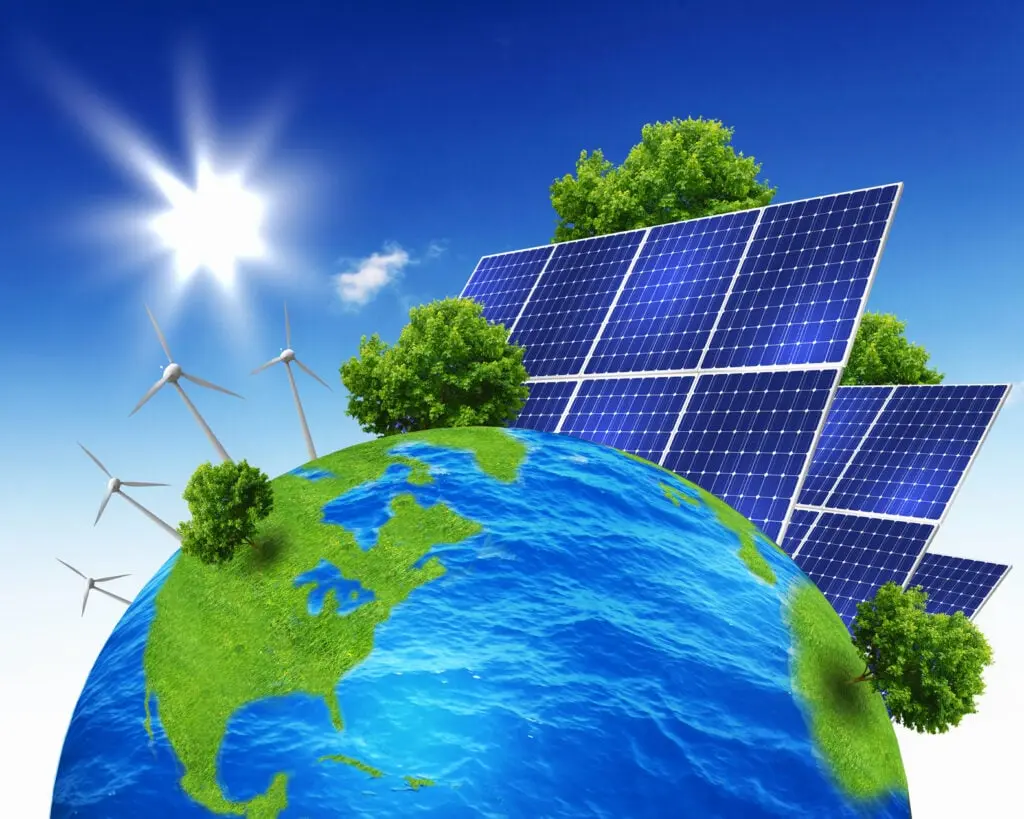
Energy-efficient homes

Energy efficiency and the importance of energy savings have been frequently discussed in recent years, but what does that actually mean in the context of a house? Let's explore what energy-efficient homes are, the various types of energy-efficient houses that exist, and to what extent they contribute to savings in your household budget.
There are different types of energy-efficient homes that are based on levels of energy consumption:
Low-Energy Houses (Low Energy House): These are homes designed to have significantly lower energy consumption compared to conventional homes. They typically incorporate high levels of insulation, energy-efficient appliances, and advanced heating and cooling systems to minimize energy use.
Passive Houses (Passive House, Ultra-Low Energy House): Passive houses are ultra-energy-efficient homes that maintain comfortable indoor temperatures year-round without relying on conventional heating or cooling systems. They achieve this through superinsulation, airtight construction, high-performance windows, and mechanical ventilation with heat recovery.
Zero-Energy Houses (Zero-Energy House or Net Zero Energy House): Zero-energy homes are designed to produce as much energy as they consume over the course of a year, resulting in net-zero energy consumption. They typically incorporate renewable energy systems such as solar panels to generate electricity on-site and reduce dependence on the grid.
Autonomous Buildings (Autonomous Building, House with No Bills): Autonomous homes aim to achieve complete energy self-sufficiency by generating all the energy they need from renewable sources. They often combine advanced energy-efficient design with off-grid renewable energy systems to eliminate utility bills entirely.
Energy-Plus Houses (Energy-Plus-House): Energy-plus houses go beyond zero-energy homes by producing more energy than they consume, resulting in a surplus of energy that can be exported to the grid. These homes are highly efficient and often feature innovative technologies to maximize energy generation and minimize energy use.
An energy-efficient house is an object that, compared to the average, consumes less energy for heating, cooling, and hot water preparation.
Since 2012 in Serbia, a new law on energy efficiency has been in effect, which implies that every newly constructed building, including individual houses, must meet the minimum "C" energy class. All buildings constructed after 2012 must meet the prescribed minimum and are considered energy-efficient.
However, within energy-efficient buildings, there are various categories, allowing for the construction of low-energy or three-liter houses, passive houses, zero-energy houses, autonomous houses, or even houses with an energy surplus. These names represent construction concepts, each with clear guidelines. The design process of an energy-efficient house mainly features a modern approach and the use of new materials and technologies.
Up to 78% of the energy for heating or cooling buildings can be saved through high-quality thermal insulation in the basic construction element (such as Ytong blocks) or through additional thermal insulation. When constructing any type of energy-efficient house, overcoming thermal bridges is of extreme importance, which can be successfully achieved by using the Ytong construction system.
Low-energy houses are considered those buildings that, compared to so-called regular houses, consume about 30% less energy. However, there isn't a globally accepted definition of a low-energy house, as there are differences depending on the climate. In our country, a low-energy house implies a energy consumption of less than 30 kWh/m2. This type of energy-efficient houses is also referred to as "three-liter houses," as one liter of burned oil is equivalent to a consumption of 10 kWh.
To achieve energy savings in a low-energy house, the potential energy from the sun is utilized. Energy-efficient windows are installed, and low levels of air permeability and heat recovery in ventilation systems for heating and cooling are mandatory. Passive solar design standards and active solar technologies, such as the installation of solar collectors and photovoltaic cells, are also allowed and encouraged.
If we compare the costs of building and completing a low-energy house, the initial investment is about 20% higher compared to traditional construction. However, any investment in energy efficiency is a long-term investment that will be multiplied over the course of decades in the life of your new home.
Passive houses are a global standard for energy-efficient construction. The name itself reveals the principle of its operation - heat is maintained "passively," without an active heating and air conditioning system.
Designed based on the passive house concept, it achieves a consistently even temperature inside the house throughout the summer and winter. The key is the insulation and airtightness of the space, as well as air circulation through specialized systems. By definition, a passive house consumes no more than 15 kWh/m2 per year for heating.
A specific architectural approach, typical for passive houses, allows for the maximum use of solar energy, especially for heating during the winter season. The orientation of the building is given primary importance, where the south wall is always filled with glazed surfaces, while the north side has minimal glazed surfaces. Very low heating requirements are successfully addressed using a heat pump that combines with solar energy collectors.

In every passive house, there is an irreplaceable sophisticated ventilation system with heat recovery. Health and comfort for the occupants are achieved by bringing in just the right amount of fresh air they need. In the living space, continuously supplied is untreated outdoor air, maintaining a high level of air quality and hygiene within the house. The secret of the functioning of passive houses lies in this ventilation system, which takes and up to 95% of the heat from the outgoing air, which is then transferred to the incoming air through a heat exchanger. So, the fresh air acts as a kind of intermediary in heating, while as heat generators, in addition to conventional heating boilers, special heating pump systems are used.
A passive house pays for itself, it is not a protected product, but a construction concept that is available to everyone.
Up to 78% of the energy for heating or cooling buildings can be saved through high-quality thermal insulation in the basic construction element (such as Ytong blocks) or through additional thermal insulation. When building any type of energy-efficient houses, overcoming thermal bridges is of exceptional importance, which is successfully achieved by using the Ytong construction system.
It is essential to consider all possibilities for adapting one's own life and the lives of community members to new energy sources and new ways of energy saving. Energy-efficient houses are just one part of the global effort to conserve energy.
Currently, there are relatively few energy-efficient houses and buildings worldwide. With each new energy-efficient house built, the necessary experience is collected, which can be implemented in constructing even more efficient houses.
Positive building laws and regulations, state incentives, and co-financing the increase of energy efficiency in our homes are steps towards building the future. A construction that will have to adhere to energy efficiency principles in order to protect the environment and build a better future for the generations to come.